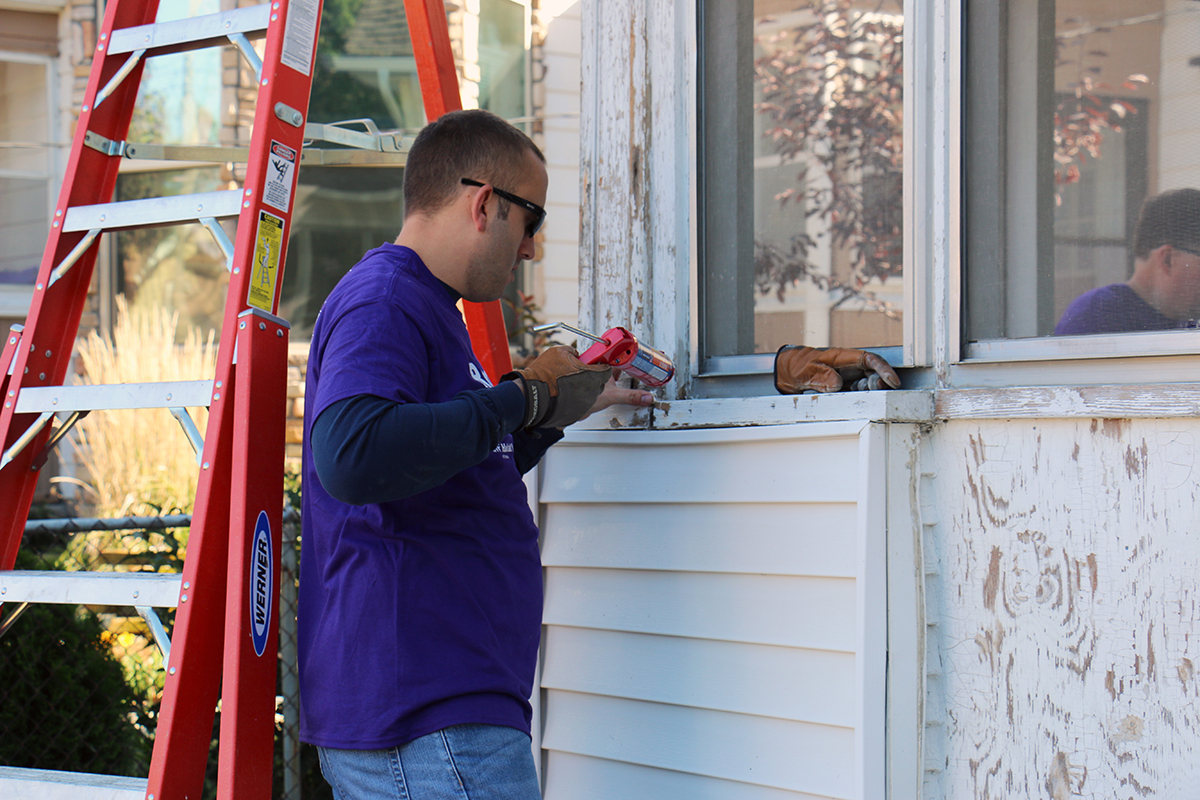
Spring Home Maintenance Checklist
Spring has officially sprung in Nebraska. The days are getting longer, birds are chirping, and trees are budding. Just like us, our homes are often ready for renewal after the cold weather has lifted. Our team of experts has shared a checklist of seasonally appropriate maintenance to help keep your house safe, comfortable and in sound condition.
Inside maintenance – for a rainy day:
- Adjust overhead fans to rotate counterclockwise. This will blow air down during warmer months to create a cooling windchill effect. It also helps conserve energy by decreasing air conditioner use.
- Check the attic space for water damage. This is particularly important after a winter with a lot of snow accumulation.
- Open up doors and windows. Fresh air will help your house “breathe” and clear out stale air and indoor pollutants from things like fireplaces, ovens, and space heaters.
- Ask your electric provider for a rate schedule. You can save money by running your washer, dryer, dishwasher and air conditioning during “low” hours when electric rates are lower.
- Consider installing an inflatable chimney balloon for your fireplace. Metal flues can wear overtime and become leaky. Inflatable chimney balloons provide extra draft protection during the months when your fireplace is not in use. They are easy to assemble and can be used multiple times.
- Check hoses on your washing machine to make sure they are tight. Washing machines tend to shake and loosen up hose connections. As you start on spring cleaning, it’s a perfect time to clean behind the machine and find that missing sock.
Outside – when you’re ready for fresh air and sunshine:
- Test your air conditioning unit, and have it serviced. Before you need it up and running for summer, turn on your air conditioner to catch and address any issues such as low or leaking refrigerant, improper thermostat readings, drainage issues, a worn out compressor or fan, or a clogged filter, which can restrict air flow and decrease unit efficiency.
- Inspect the ground around your foundation for any settling that may have occurred. Fill in low-lying spots with dirt. During winter the ground can settle, creating sunken areas where water can collect and cause leaks in your home. In addition, check that the ground around your home is sloping downward and away from your house to facilitate proper drainage.
- Clean out gutters and downspouts. This helps water drain off, preventing damage to your roof. Also, make sure gutter extensions are in place to divert water away from your house to avert costly water damage.
- Use exterior caulk to seal cracks between trim, siding, door and window frames (including basement windows). Sealing cracks helps reduce the amount of air that leaks into and out of your home. This is a cost-effective way to cut cooling costs, improve durability of your home’s infrastructure, increase comfort by reducing drafts, and create a healthier indoor environment. Seal other areas that may have gaps, like water pipes, air conditioner hoses, electrical outlets and cable wires, to help prevent moisture from getting inside the walls.
- Prepare your yard for planting. Carefully cut back old plant stems and rake leaves, tossing them loosely on your compost pile. Being gentle with yard waste protects beneficial insects who may be hibernating in the old growth and dead leaves.
- Map out your garden. Plan to place water-loving plants in lower areas of the yard to take advantage of runoff and conserve water. Include native plants that thrive in local conditions and won’t require chemical treatment or lots of water.
- Consider creating a lawn tool-sharing system with neighbors. Wheelbarrows, ladders and tillers aren’t often needed on a daily or even weekly basis. Sharing will give you more space and cost less than purchasing all tools yourself.
For more DIY projects and ideas, check out the Habitat for Humanity ReStore Omaha blog.
Previous
Disaster Recovery Safety Resources
Next

